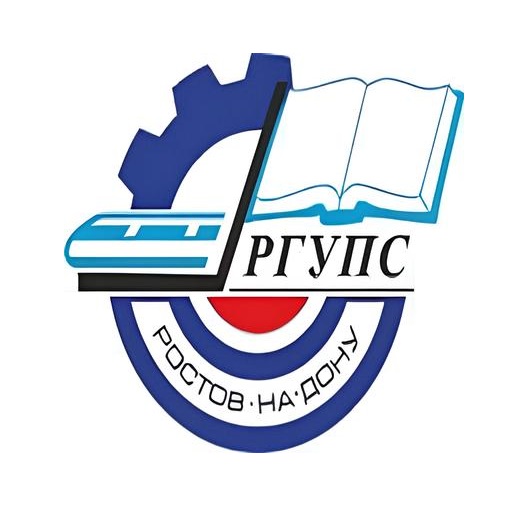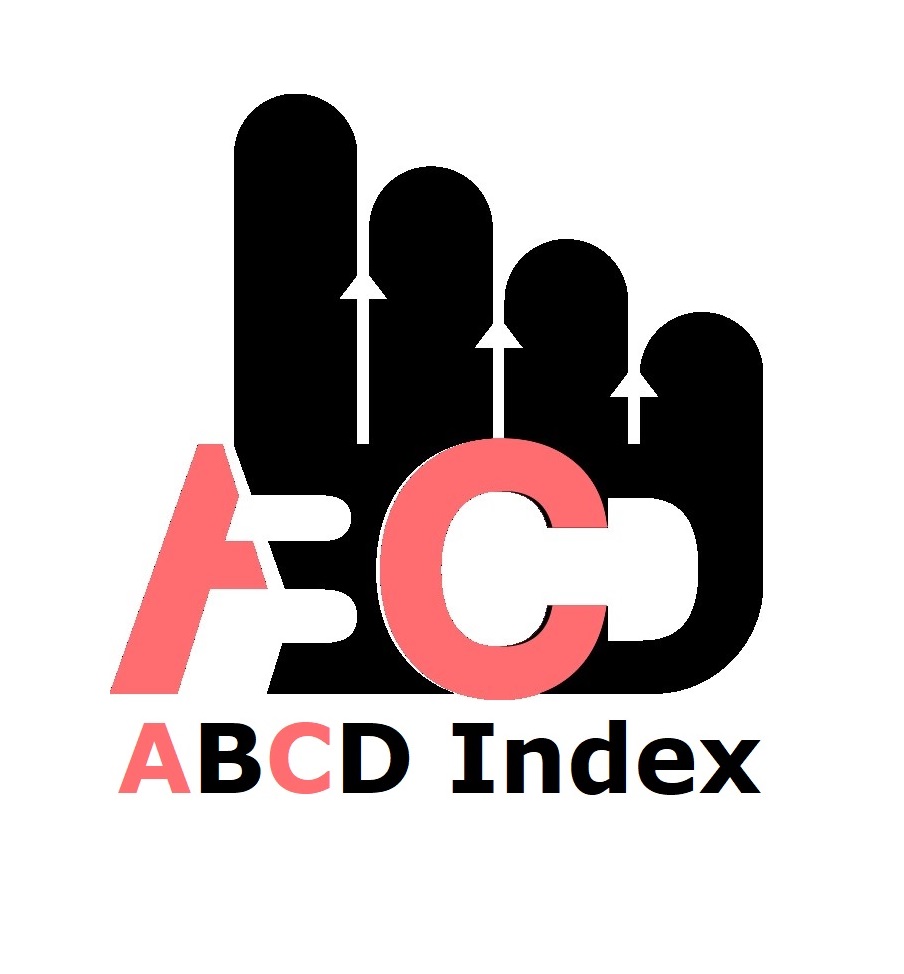School Administration Support Systems for Educational Technology Adoption and Students’ Academic Achievement in Secondary Schools in Kenya
Keywords:
Academic Achievement, Educational Technology, Technological Support SystemsAbstract
Adoption of technology in instruction requires the unconditional support of school administration. Certain mandatory pillars of support services must be in the right place for educational technology adoption by teachers to take place. Studies seem to suggest that technology adoption in schools has been impeded by the lack of support by school administrations. Such bottlenecks include the inability to purchase and maintain the required technology infrastructure, a lack of teacher motivation, the failure of schools to be adaptable to technological trends, and the inability to provide technical services. The purpose of this study was to find out the school administration support systems that enable the adoption of educational technology in secondary schools in Kakamega County, Kenya. A descriptive survey guided the research. From a population of 3305, a sample of 461 teachers, 138 heads of departments, 77 principals, and 67 technicians was obtained using stratified sampling techniques. Data was collected using a questionnaire, observation schedule, and interviews and analysed both qualitatively and quantitatively. Simple linear regression was used to analyse quantitative data. The findings revealed that schools seem not to provide sufficient technological support systems to allow for the adoption of educational technology, thereby negatively influencing academic achievement. Nevertheless, technological support systems had a significant influence on students’ academic achievement (t = 2.040, p < 0.05). Therefore, the study recommends that schools put in place a technological support system that effectively enables the adoption of educational technology.
Published
How to Cite
Issue
Section
Copyright (c) 2023 Joanne Nabwire Lyanda, Grace A. Koteng, Raphael Odhiambo Ong’unya

This work is licensed under a Creative Commons Attribution-NonCommercial 4.0 International License.
Most read articles by the same author(s)
- Joanne Nabwire Lyanda, Salmon Oliech Owidi, Aggrey Mukasa Simiyu, Rethinking Higher Education Teaching and Assessment In-Line with AI Innovations: A Systematic Review and Meta-Analysis , African Journal of Empirical Research: Vol. 5 No. 3 (2024): Jul-Sep 2024
- Salmon Oliech Owidi, Joanne Nabwire Lyanda, Technological and Classical Pedagogical Agents in Action: How Design Influences Learning in Kenyan Higher Education , African Journal of Empirical Research: Vol. 6 No. 2 (2025): Apr-Jun 2025























